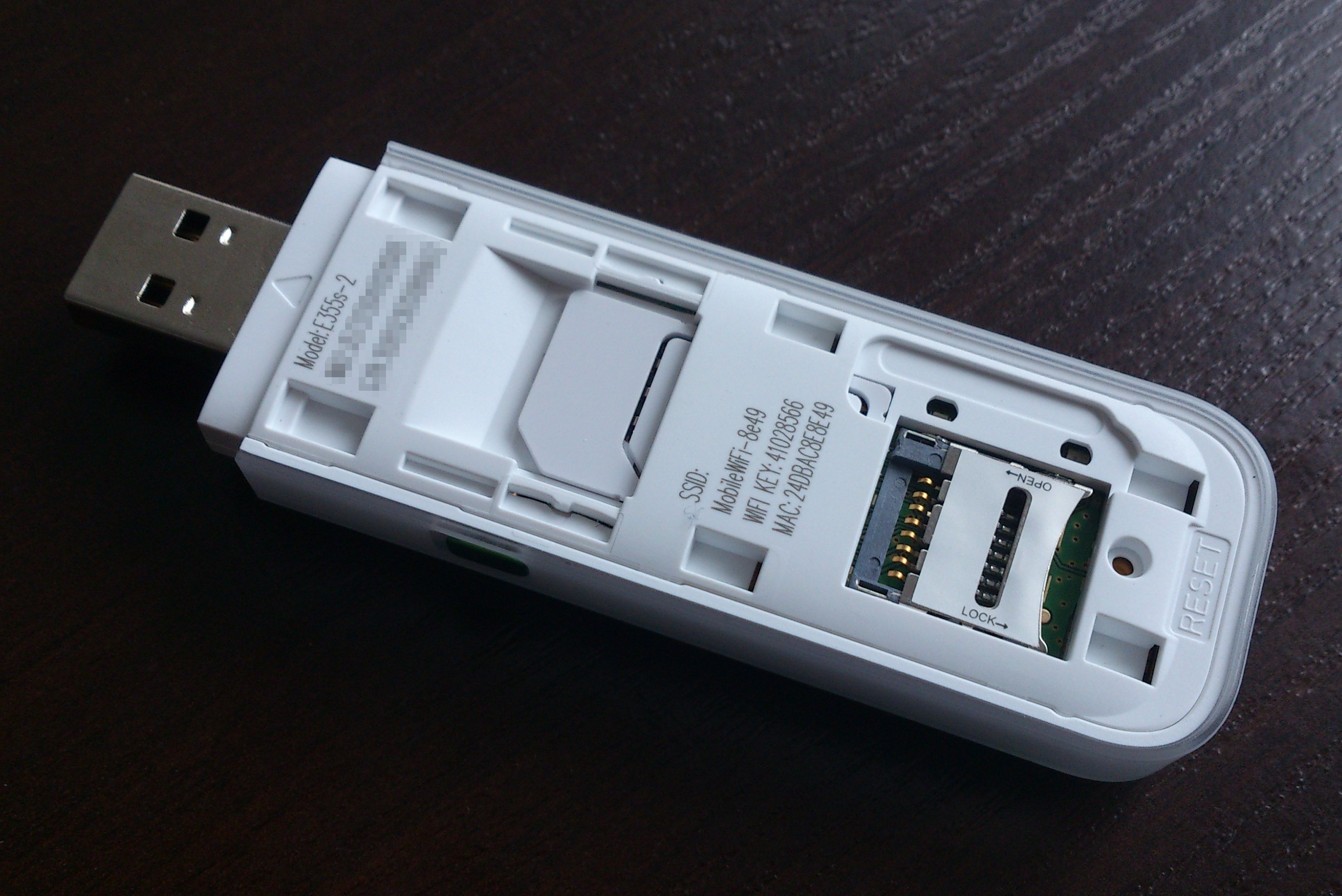



#Router on a stick etherchannel software#
These labs utilize Cisco IOS software with Layer 2 and Layer 3 features and CLI supported on version 15 releases and are available 24/7. With this purchase, youll have 60 hours of lab time to use over your 90-day access period.
#Router on a stick etherchannel full#
A subinterface is created using the interface interfaceid.subinterfaceid global configuration mode command. This full set of Cisco IOS Software labs was developed to help students prepare for the CCNA (200-301) exam. There are a couple small concerns with doing so but it's typical practice. The router-on-a-stick method requires you to create a subinterface for each VLAN to be routed. Typically people spray "active" anywhere. There's very few reasons to do so (I believe the biggest being that it supports more standby interfaces than LACP, but I could be mistaken - it's been a long time).įor obvious reasons, for any given pair of interfaces between two devices, at least one interface in the pair must be active. PAGP: Proprietary Protocol, just don't.passive: This device will not attempt to negotiate a protocol, but will respond to requests made to it.To review, Ethernet defines the concept of a VLAN, while IP defines the concept of an IP subnet, so a VLAN is not. active: This device will attempt to negotiate a protocol, and will respond to requests made to it. Because Layer 2 switches do no forward Layer 2 frames between VLANs, a network must use routers to route IP packets between subnets to allow those devices in different VLANs/subnets to communicate.LACP: Open standard protocol, has two sub-options:.On: Static etherchannel, no negotiation or real protocol involved.


 0 kommentar(er)
0 kommentar(er)
